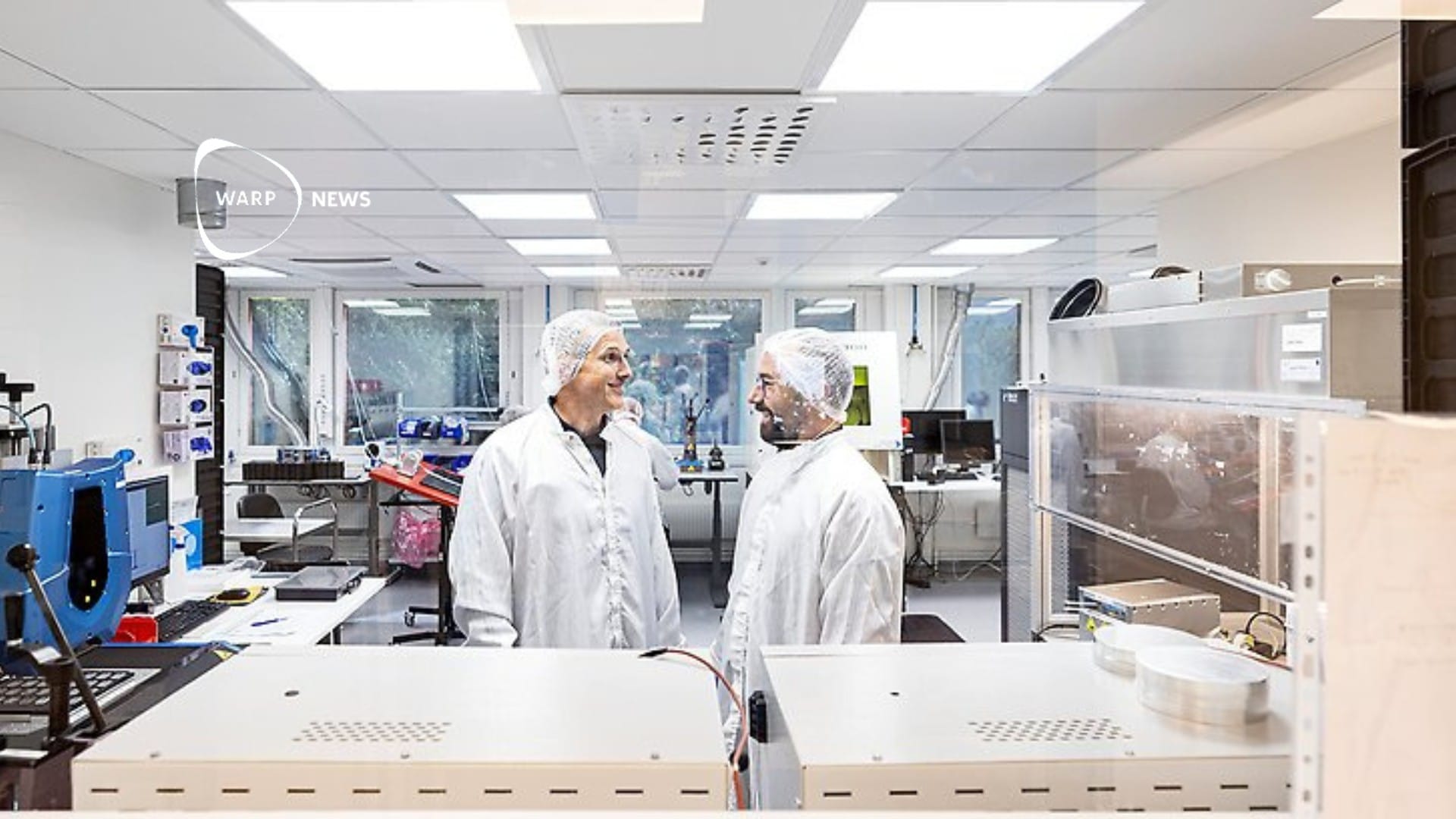
⏱️ Ancient diseases can become modern medicine
Bacteria associated with the ancient disease leprosy can reprogram cells to make the liver grow.
Share this story!
Leprosy is one of the world's oldest (known) diseases and is caused by the bacterium Mycobacterium leprae. The University of Edinburgh writes on its website about a study that shows that the bacterium can be used to make the liver grow in adult animals, without causing damage, scarring or tumors.
According to the article, the bacterium should also make it possible to regenerate damaged livers and thus reduce the need for transplants, which is the only medical treatment currently available for some patients.
Improving stem cell therapy
Previous studies in mice have used stem cells and progenitor cells to regenerate the liver. However, this method is invasive and often results in scarring or tumor growth.
With the goal of getting around the side effects of stem cell treatments, the researchers began searching for a possible way to combine stem cell treatment with the reprogramming ability of the leprosy bacteria. When they studied a sample of armadillos infected with the bacteria, they discovered that they had enlarged livers with preserved functions.
They also got several indications that the bacterium had a rejuvenating effect on the organ, as they found gene expression found in younger animals and in the liver of human fetuses. Genes related to metabolism, growth and cell proliferation were activated, while those related to aging were suppressed.
Future development
The method is new and so far studies have only been done on a small sample of armadillos, so it is too early to draw any far-reaching conclusions; but the research team is hopeful that the method can be developed for use on human liver cells as well.
By becoming a premium supporter, you help in the creation and sharing of fact-based optimistic news all over the world.


